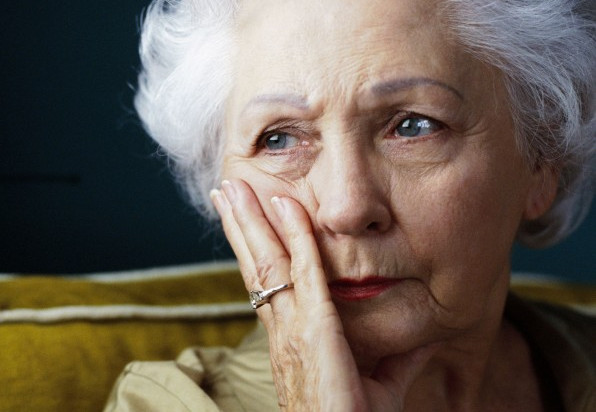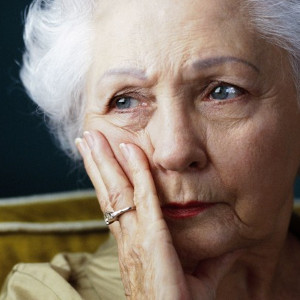We recently reported that higher waist and hip measurements had been confirmed to be predictors of higher heart attack risk, particularly in women. Now, a new study suggests that waist size may also predict the risk of middle-aged women suffering anxiety. And we thought menopause was bad enough!
 Older women with larger waists may be more prone to anxiety…
Older women with larger waists may be more prone to anxiety…
Anxiety is a common complaint of middle-aged women. No surprise, with everything we have to deal with in our modern every-day lives. And it’s no surprise that prescriptions for anxiety meds are skyrocketing. Who among us has not at least heard of Ativan or Valium? Well, researchers at the The North American Menopause Society (NAMS) have discovered a link between waist size and anxiety in middle-aged women which may help explain a number of things about aging and weight gain.
How it works…
Everyone is familiar with the term “stress eating” that, among other things, can lead to a thicker waistline. In this study, that analyzed data from more than 5,580 middle-aged Latin American women (mean age, 49.7 years), the cause-and-effect relationship was flipped to determine whether greater abdominal fat (defined as waist-to-height ratio in this instance) could increase a woman’s chances of developing anxiety.
Although this is not the first time this relationship has been examined, this study is the first of its kind known to use waist-to-height ratio as the specific link to anxiety. Waist-to-height ratio has been shown to be the indicator that best assesses cardiac disease risk. A general guideline is that a woman is considered obese if her waist measures more than half of her height.
Menopause may be a factor…
“Hormone changes may be involved in the development of both anxiety and abdominal obesity because of their roles in the brain as well as in fat distribution. This study provides valuable insights for healthcare providers treating middle-aged women, because it implies that waist-to-height ratio could be a good marker for evaluating patients for anxiety,” says Dr. JoAnn Pinkerton, NAMS Executive Director.
The study reports that 58% of its subjects population were postmenopausal, and 61.3% reported experiencing anxiety. The study found that those women in the middle and upper thirds of waist-to-height ratios were significantly more likely to have anxiety, and those in the upper third were more likely to actually display signs of anxiety compared with women in the lower two-thirds.
As we already know, anxiety is already linked to elevated risk of cardiac disease, so waist size (overweight or obesity) and anxiety constitute a double whammy to your heart.
Yet another reason to eat healthier and exercise more as we grow older…
~ Maggie J.

